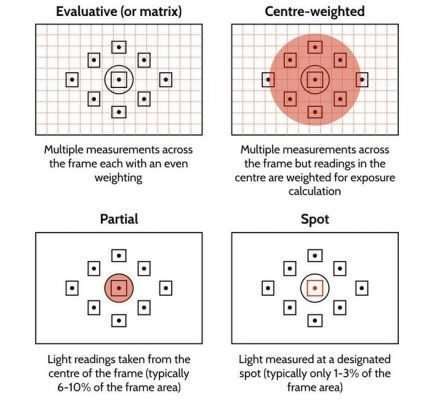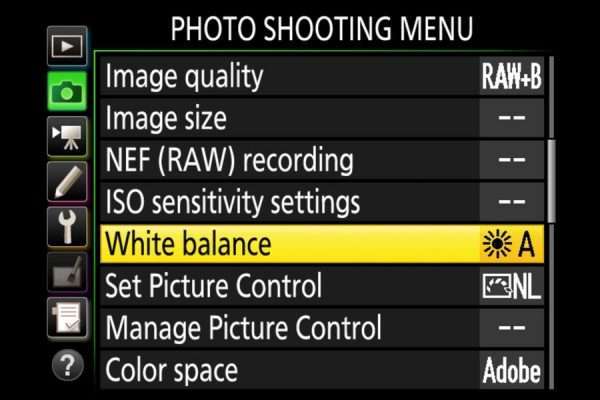Last Updated on January 23, 2022
Photography 101
Fast Track Photography Guide
Page Contents
Photography is a generous and non-jealous companion that could be with you for your entire life. It could be an excellent hobby or even as a profession, or it could be both too; the important thing is that it should always be executed with passion.
Nowadays, we live in a beautiful era in which we can have pretty much any needed gadget in a convenient device that is still called a “phone”. One of the leading marketing strategies in the phone industry has been camera and image quality improvement. So, why bother with a camera at all?
Having a dedicated device to produce images exclusively allows us to focus on creating compelling images that reflect our vision of the world. Said that learning to use a camera has been one of the main concerns people encounter when first bonding with photography.
Photography Guide
This complete guide Photography 101 explores the essential things that you need to keep in mind when creating a photograph with any digital camera. From exposure to having a more or less clear idea about which lens produces which effect are some of the main questions usually start asking about photography.

*photopills.com
Exposure is perhaps the biggest concern in photography newcomers, so we’ve decided to make it the easiest possible for you. We genuinely believe that in order to encourage people to get closer to photography, we need to share everything that we know, even when is little when compared to other people. The difference is that we are making it friendly enough for more people to get interested in photography.
We don’t gain anything by being jealous of our craft. On the contrary, we need more people to be curious and passionate about photography, especially today, with so many shots that look all the same.
Back when we learned about photography, we had many questions, and it was quite hard to get clean and clear answers. People love being technical, and that’s ok. But when you are a newcomer, you need to get things straight forward in a friendly format. That basic idea has inspired us to make this photography 101 guides.
Learn Exposure, ISO, Aperture
In the Exposure section, you’ll find an overall explanation about what exposure is and why it is so important for you to understand light in a conscientious way. The main goal is that you create a basic workflow that will enable you to nail exposure every single time by deciding parameters upon the nature of the light surrounding you, and then in relation to what you want to achieve with your shots.

Here you’ll find a very simple and easy to digest explanation of the three components that build exposure. These are ISO, Shutter Speed, and Aperture. Each has its own logic, but we know that aperture is the one that scares away people the faster when it comes to learning about photography.
We’ve put a lot of effort into explaining these three in the easiest possible way, but we gave the extra mile with the Aperture section. We simply can’t allow ourselves to keep on scaring people from photography by not explaining things in a simple and easy to comprehend way.
Shutter Speed, Exposure Meter
After knowing the basic stuff about exposure (or the way light is captured by a camera), you’ll learn about how to read light via an amazing tool called The Exposure Meter. But, beyond that, there is another fabulous tool called the Histogram, and we’ll cover that one as well.
Exposure Meters aren’t as innovative as you might think, but histograms are relatively new in photography, and we know many photographers from the twentieth century would love to have something like it while shooting on the field.

Many cameras (and even phones) allow us to shoot in different modes. The most popular one is the complete Manual Mode. But there are some other shooting modes that could help you out into taking the perfect shot as long as you understand light. These are Shutter and Aperture Priority Modes.
Shooting Modes
All these modes will be explained in the section called “Shooting Modes,” so don’t be anxious about it, we’ll get there soon. The important thing for you to understand is that these shooting modes are extremely related to exposure, and the three main elements that build it.
Between the technical and the creative worlds, there are some features that are important to understand as well. One is the depth of field or the effect that you can get by isolating a subject or object via focus, blurring out the stuff on the back or the background.
This is also known as bokeh and is quite difficult to predict since it has a lot to do with a camera’s sensor, the lens that the photographer is using at the moment of the shot, and the distance of all the elements in front of it. Beyond that, it is a cool effect, and we’ll tell you how exactly it correlates with aperture.
White Balance
The other feature is called “White Balance,” and it has everything to do with the color temperature of an image taking the whitest point of the shot as the baseline. But beyond that, the important thing to keep in mind about the White Balance is that it can reinforce the visual intension in the message that has been embedded in the photograph that you captured.

Good looking photos are great, but only those meaningful photographs that have something to transmit are the ones that will make you pursue the sublime in life.
Interchangeable Lenses
Being able to interchangeable lenses is one of the coolest things about photography, but it is quite confusing to know which lens you need after some time taking photographs. We’ve compiled an extremely easy to understand section for lenses and how they could be affected by the camera you attach them to.
We’d really like to have this kind of information when we bought our first camera, oh boy, some good amount of money was dumbly spent… Anyway, we want you to avoid that kind of mistake when it comes to investing in your next lens!

Composition
The composition is the soul of photography, and we’ll talk about the elements and some useful guidelines to follow for arranging those elements in a pleasing and even aesthetic way. Last but not least, we’ll tell you some cool stuff about the mighty raw format in comparison to the universally accepted JPEG.
Regular Practice Photography
Since the invention of commercial photography back in the mid-nineteenth century, virtually any camera works under the same exposure principles. Therefore, if you understand how exposure works, you can literally use any camera that will eventually fall in your hands. You’ll just need to figure out were the settings get adjusted. It is just like getting into a friend’s kitchen. You know there should be spoons somewhere, you’ll just need to look for them!
Before getting inside our guide, we need you to compromise yourself to daily and regular practice. Photography simply can’t be learned just by reading a book or watching tutorials. You need to practice as if you were doing some physical training for a sport. And just like learning to drive, the learning curve depends entirely on the individual. Some people learn really fast; others are less quicker. But anyone that puts the needed passion and enthusiasm will eventually master the craft!
Access Photography 101 Complete Guide
2 – What is ISO?
6 – What are Metering Mode and Histogram?
8 – How to use Depth of Field and White Balance?
9 – How to Use Focal Length and Crop Factor?
10 – What is Composition?